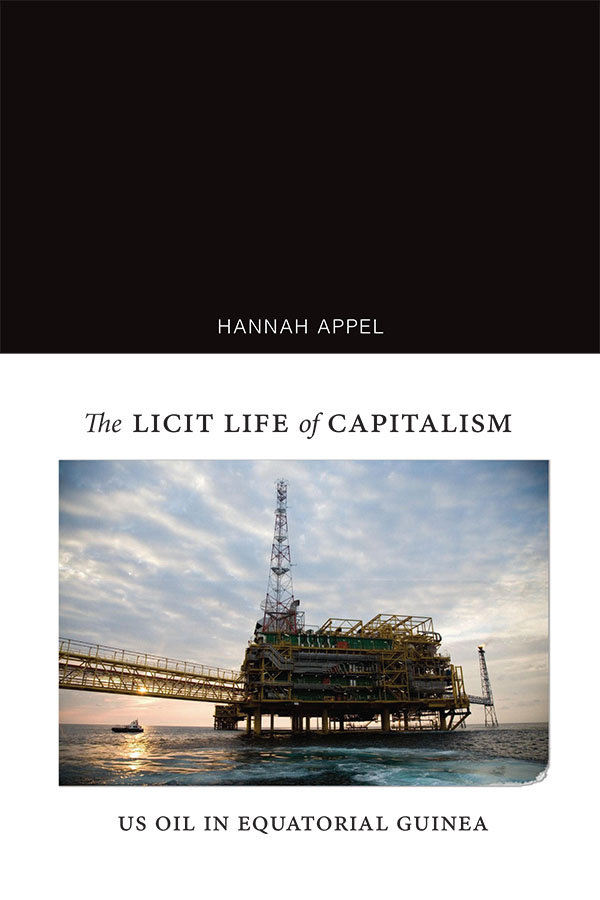Carving Out the Commons is a much-needed, compellingly-told narrative of activism in the face of capitalist violence in urban housing markets, told through stories of successful efforts at self-determination by opting out of one of the most aggressively-capitalist housing markets in the country. Indeed, opting out seems too tame a term for the processes this book helps us to understand. Together, the book’s theoretical engagements and case studies on limited equity housing cooperatives, or LECs, in Washington, D.C. present a challenge to the presumed totality of typical rent or private property relations in cities. The book undermines that presumption by re-examining urban land not as an object of capitalism, but as a potential object of commoning, and by demonstrating that land is a keystone in maintaining capitalist urban arrangements. The book shows, in careful detail, that securing land tenure outside of a capitalist framework affords a range of options for further amplifying the non-capitalist possibilities of urban life beyond housing. I found the book theoretically provocative, raising a number of important challenges in its efforts to develop a theory of urban commons vis-a-vis capitalism by drawing on Community Economies and other commons literature. Especially instructive for me was Huron’s theoretical unification of institutionalist commons studies, which she considers to be generally ahistorical and apolitical, with the alterglobalization literature, which she says often focuses on political critique at the expense of the specific practices that produce and maintain commons themselves.
However, I thought there was a bit of a mismatch in the book’s development of the case study and its theoretical chapters. Specifically, I wondered if the book’s effort to contribute to a theory of urban commons is too politically constraining.
The book largely frames cooperative housing efforts in terms of resistance to and activity within a capitalist market. For instance, the book generally suggests that urban commons (like LECs) are always contingent on the limitations and challenges posed by overarching capitalist structures precisely because they exist within the capitalist city. For me, theorizing urban commons as a product of the urban process, particularly when that process is understood as already-capitalist, called to mind Gibson-Graham’s caution about framing efforts to enact non-capitalist arrangements against a backdrop of capitalism, as well as Kate Derickson’s advocacy of “an epistemological posture that aims to produce knowledge about life in cities and the processes of urbanization that are not understood in relation to trajectories of capitalist urbanization.” This is a posture that seeks to understand urbanization “from below”, to use Derickson’s language, rather than from above, an approach that Huron herself advocates.
The book, indeed, admirably explores co-ops “from below”, but it often retains an analysis of capitalism “from above”. Though the narrative makes reference to the difficulties of maintaining co-ops within the context of capitalism, capitalism itself often remains merely context, lurking outside of the story, and we never really see how, exactly, capitalism is constituted in these cases. Instead, we only see its effects — the requirements imposed by low-wage labor, the barriers to accessing capitalist housing markets, and so on. I realize that Huron’s intent was probably not to foreground capitalist practices, in order to keep the emphasis on urban commons and the people who maintain them. But in keeping the focus off of the constitution of capitalist arrangements, capitalism becomes in many respects the backdrop against which cooperative struggles are staged but can never directly confront.
With respect to LECs and other non-capitalist housing practices, I wondered what this framing of urban capitalism gets us. If the urban is strictly a consequence of capitalism, what does it mean to develop a theory of urban commons as endemic to the capitalist urban condition? The book ends with a key question about the durability of LECs: What hopes do LECs have in the face of the ever-expanding power of capitalist forces in the city? In this way, the book’s theorization of urban capitalism leads to a narrative in which LECs are ever-more desperately needed, but whose success is ever more unlikely. This bears a resemblance to the position Ananya Roy sympathetically laments in post-colonial literature, which she says retains the violence of colonialism as central to its account. To paraphrase Roy and adapt her critique here, I sometimes struggled to read Huron’s argument as a reversal of capitalist power, because, theoretically speaking, it often took for granted what Roy might call the brutal energy of the capitalist city (Roy 2011, cited in Derickson 2016). At times, though certainly not always, the book’s theoretical framing risks reifying urban capitalism as an indomitable force, even as it offers such a clear and well-documented example to the contrary. Yet, it seems to me, LECs are able to produce new economic spaces based on a different economic logic precisely because capitalism was not a coherent, ever-present force, and because the city is more than the consequence of capitalist accumulation. This isn’t to say there aren’t powerful, countervailing capitalist forces at work. Capitalist housing markets are obviously comparatively stable, fortified, and defended by a diverse range of well-placed actors. But to treat them as coherent, consistent, or given perhaps risks undermining the political potential of alternative strategies like LECs.
I want to conclude by reiterating that, despite the critique above, I find this book to be an important contribution to a broader effort to theorize urban commons in opposition to what is usually a capitalocentric vision that dominates so much of urban geography. It offers a clear demonstration of why survival in a deeply unequal society is best understood as a political struggle over the social arrangements that constitute the urban sphere, which is a message that I think needs to be amplified. My critique, therefore, isn’t offered as a foundational critique of the book, its arguments, or its political project, but as an effort to collaborate in developing a vision of urban life beyond capitalism.





















